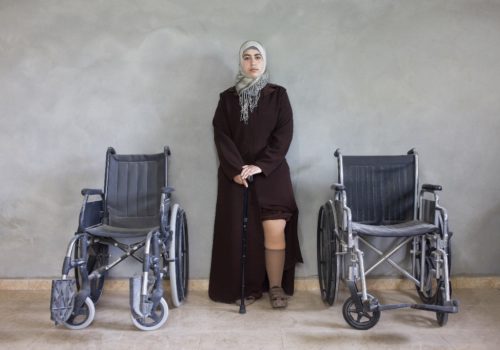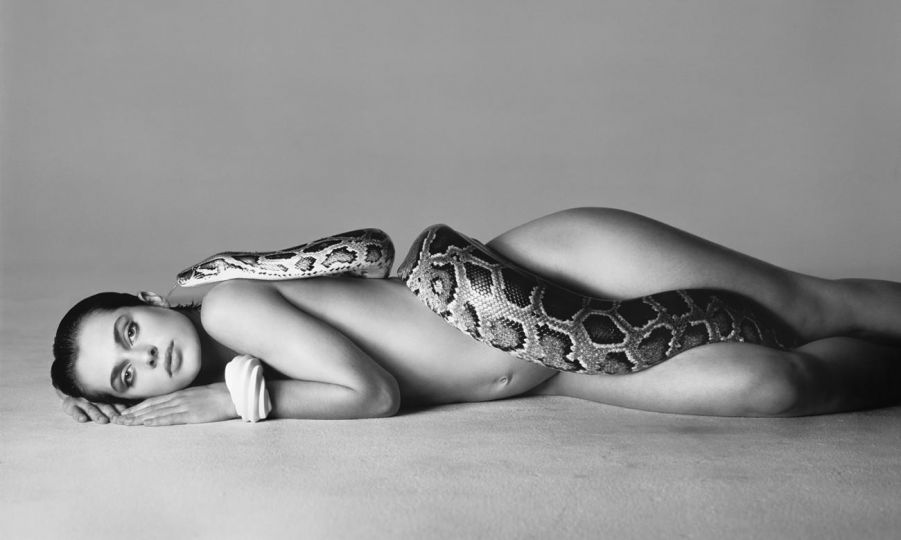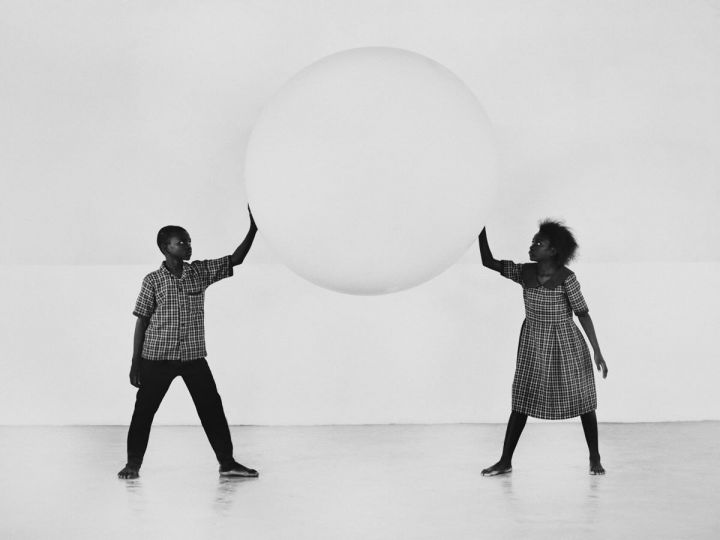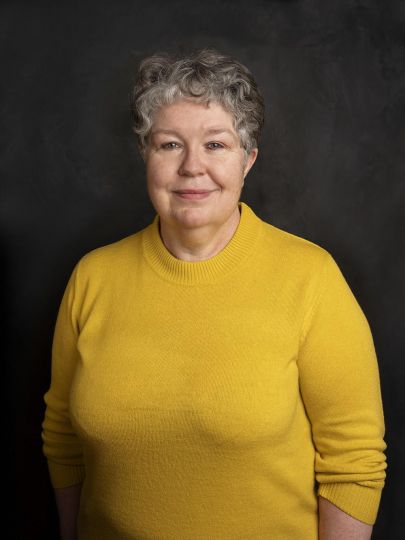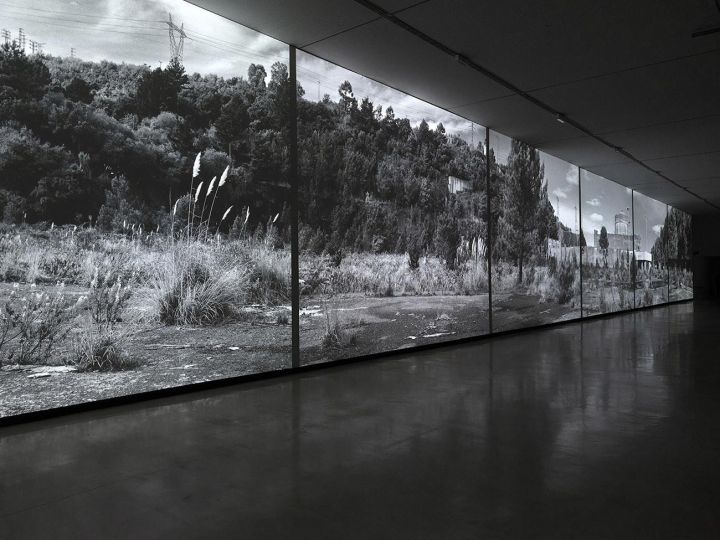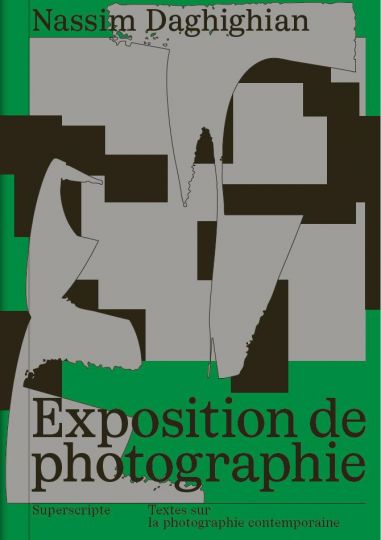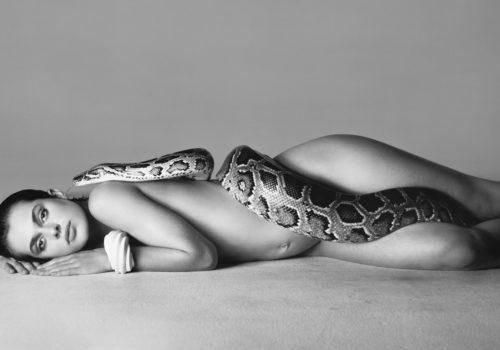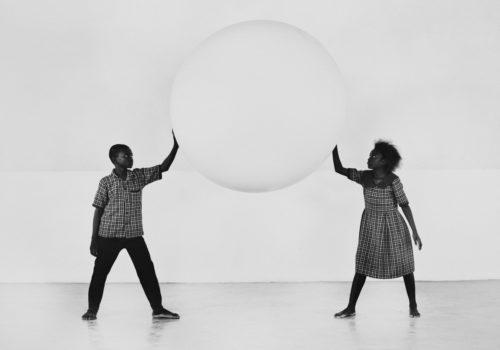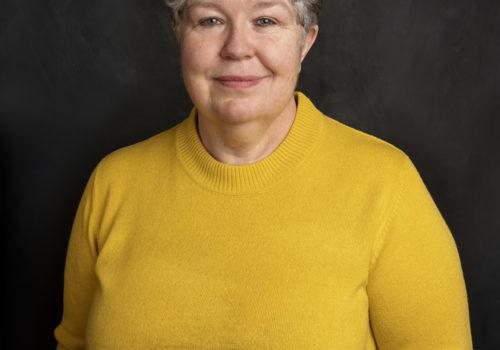The London’s Saatchi Gallery hosts the exhibition “Carmignac Photojournalism Award : a retrospective” until December 13th, 2015. L’Œil de la Photographie met Emeric Glayse, Development manager of the Carmignac photojournalism Award since 2015.
La Fondation Carmignac is showing the work of its laureates outside France. Is this a way of giving a fresh impetus to the award?
I started working at the Foundation in August 2013 with a mission of finding sites and partners to circulate the award-winning projects, and subsequently to organize exhibitions once locations have been chosen. The exhibition of Davide Monteleone’s work has thus been shown in Milan, Italy; at the Fotografie Forum Frankfurt in Germany; and at the Saatchi Gallery in London, UK. This year, we have organized two exhibitions in Paris within a few months of each other — accompanied by the publication of two catalogs — which was a real challenge for the teams involved, and we needed to take a break. We wanted the break to be as short as possible, which is why today we’re returning to the Saatchi Gallery with the exhibition Retrospective.
Could you tell us more about the installation you envisage at the Saatchi Gallery? How did the idea for this exhibition originate? How did you decide which images to show (telling the story behind the prize-winning piece of photojournalism in a few pictures is not easy). What are the photographers’ reactions to the event? Why was so much space devoted to the work of Newsha Takavolian?
The exhibition was conceived already in 2014, since we wanted to organize a true retrospective on the occasion of the fifth anniversary of the Award. Over a year later, the concept had not really changed. Indeed, the first part was devoted to Nesha Tavakolian, following the principle of circulating the work of the previous year’s laureate, just as it had been done for Davide Monteleone the year before. The viewer will be able to discover Tavakolian’s project on the Iranian middle class, commissioned by Anahita Ghabaian. The second part of the exhibition is devoted to the other five laureates: Davide Monteleone (Chechnya), Robin Hammond (Zimbabwe), Massimo Berruti (Pashtunistan), Kai Wiedenhôfer (Gaza), and Christophe Gin (a no-go zone in France). In fact, every year, at the close of the final exhibition, the Foundation acquires four works from the photographer and adds them to its collection.
Last year, the theme was: “no-go zones in France.” This year, the theme also focused on a geographic zone: Libya. Why? How many projects have you received for this year’s competition? Is this number fairly stable? Have you observed increasing quality in the submitted topics? What are the backgrounds of the contestants (news agency, self-taught, freelance, etc.)?
One of the fundamental ideas behind the Award is that the photographer should submit a topic with his or her application portfolio; then, the jury selects the winner based, among others, on the relevance of this topic. By providing a theme, as we did with the “no-go zones in France,” the number of topics with different angles was limited. This is why we decided to go back again to the notion of the geographic zone. This year, we have received over one hundred portfolios, which seems to me quite a lot for a region such as Libya. There was a wide range of backgrounds among the applicants, but they had one thing in common: practically all of them had some experience in and/or had lived in Libya. The projects submitted were, as they are every year, of high quality; the only difference that I have personally noted was that we received a lot of portfolios from news agency photographers.
What are the goals of the Foundation over the next years with regards to photography?
The Foundation, headed by Gaïa Donzet, aims to raise national and international visibility of the Photojournalism Award by means of traveling exhibitions and the publication of monographs, and to consolidate its position as a major player in this discipline by reflecting upon its evolution and its goals. After six consecutive competitions, we have been able to observe that the Award is becoming increasingly attractive to photographers and professionals, on one hand, and, on the other, to the general public particularly receptive to this type of art.
In 2017, the Fondation Carmignac will open a new exhibition venue in the unspoiled natural setting on the island of Porquerolles, which will house temporary exhibitions featuring part of the collection. Photojournalism will also be included in a space dedicated to that purpose, which will put the site on the photography route in southern France.
EXHIBITION
Carmignac Photojournalism Award : a retrospective
18th November to 13th December 2015
Free admission
Saatchi Gallery
King’s Road
London, SW3 4RY
United Kingdom
Opening hours 10am – 6pm 7 days a week
Last entry 5:30pm
www.fondation-carmignac.com

